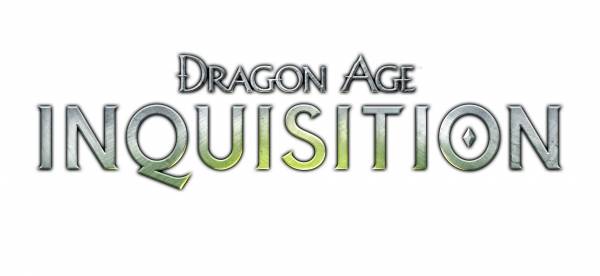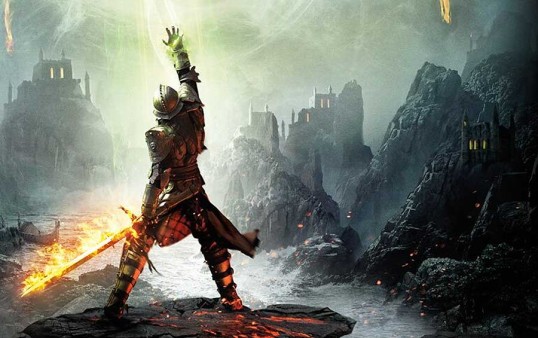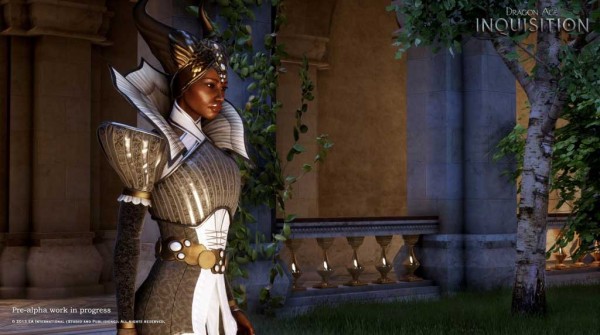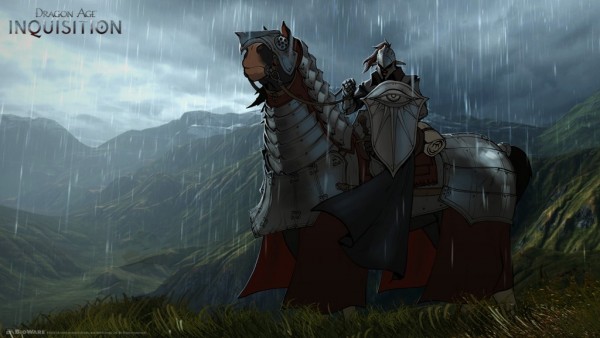Dragons battling giants, a fourth playable race and a whole host of open world environments – for Dragon Age fans this sounds like heaven but do these ingredients create a winning recipe in Dragon Age: Inquistion? Placed quickly in the boots of the ‘Herald of Andraste’, the expectations of Thedas are soon on your shoulders and this is the first real feel of the scope of Inquisition.
The three race choices from Origins are joined by the newly added Qunari, with each branching off into class specialisations. Character customization is slightly improved on from previous Dragon Age attempts, and many will be pleased to hear that their character has found a voice in Dragon Age: Inquisition.
There is a lot to take in from the word go, but it soon becomes apparent that paying attention to the finer details is very much an additional extra to the main course of gameplay. With so much going on from minute one, it is fantastic to still gain enjoyment from such a massive game without having to drink in every last detail. Some players will love the endless lore and background reading available whilst others will happily hop through the main quest line without taking much notice of Druffy, the missing Druffalo. Having two ends of the spectrum will undoubtedly still result in enjoyment from the journey of Dragon Age: Inquisition.
Some of the side quests are annoying and to an extent boring, so completionists are tested from time to time (none more than when completing requisition tasks). With that in mind however, there is so much to do and all of it mixes together flawlessly. Whether you’re intent on collecting all the mosaic pieces, gathering the best ingredients for crafting your perfect piece of armour or just finding every region in a given area, the hours of gameplay soon rack up. High quantity is a staple of Inquisition, there are more companions than ever, a fair number of dragons to slay and a large portion of important decisions to make.
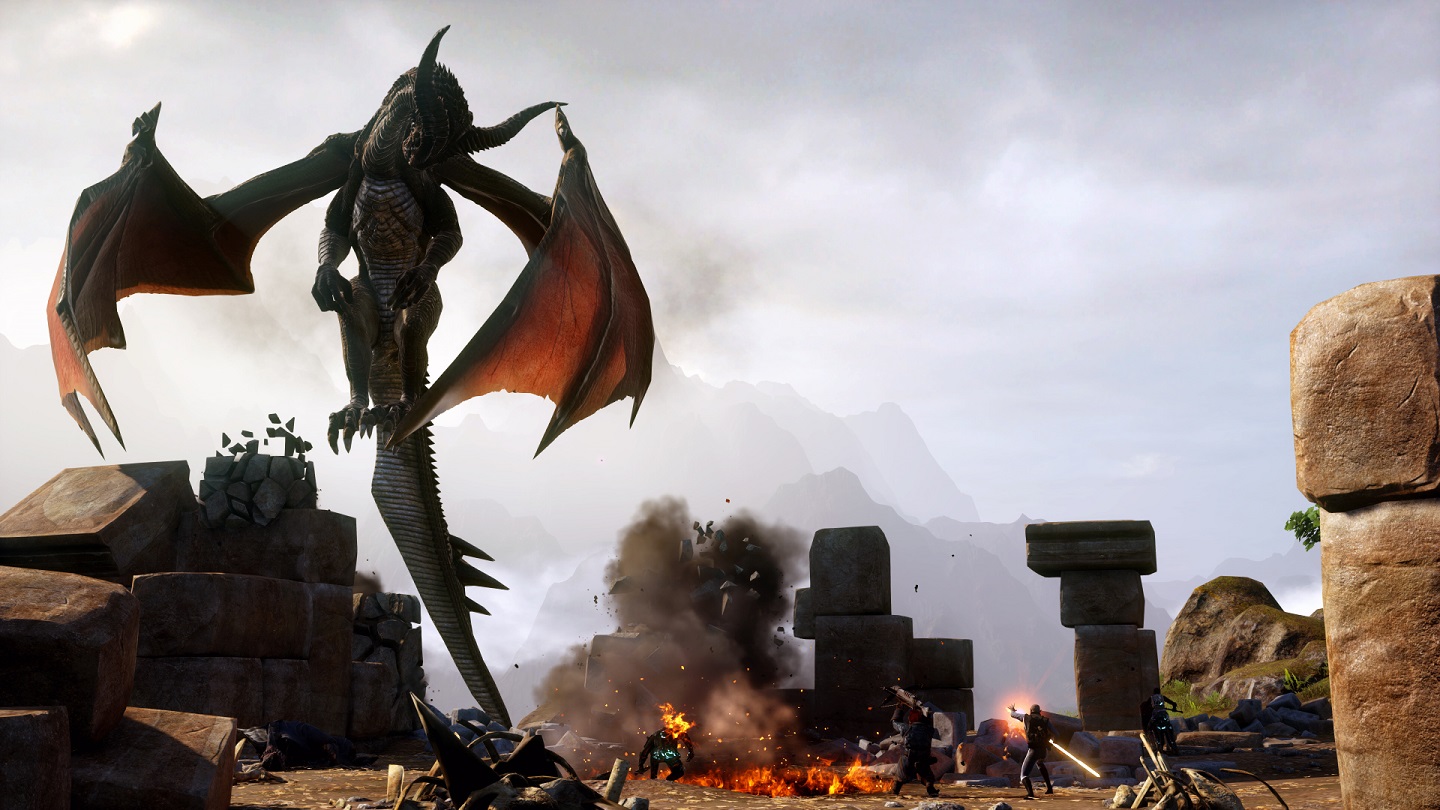
Variety in mission content is a massive plus within Dragon Age: Inquisition. From the more menial fetch quests, which allow you to explore the regions and get acquainted with the wildlife, to the extravagant Orlais party quest that displays the formal world lesser seen in previous Dragon Age titles. The range of quests can keep you entertained as long as you follow the first rule of Inquisition: leave the Hinterlands early. Sticking around this starter area is a very easy mistake to make, and one that can definitely put you off the gameplay if you don’t explore the map more. The Hinterlands on its own provides more to explore than the entire first Dragon Age title, but heading to other areas begins to open up the variety of Thedas. Whether it’s the wet and windy Storm Coast, desert Forbidden Oasis or forested Emerald Graves, there is a world to be explored and the Hinterlands will be there whenever you want to come back to it.
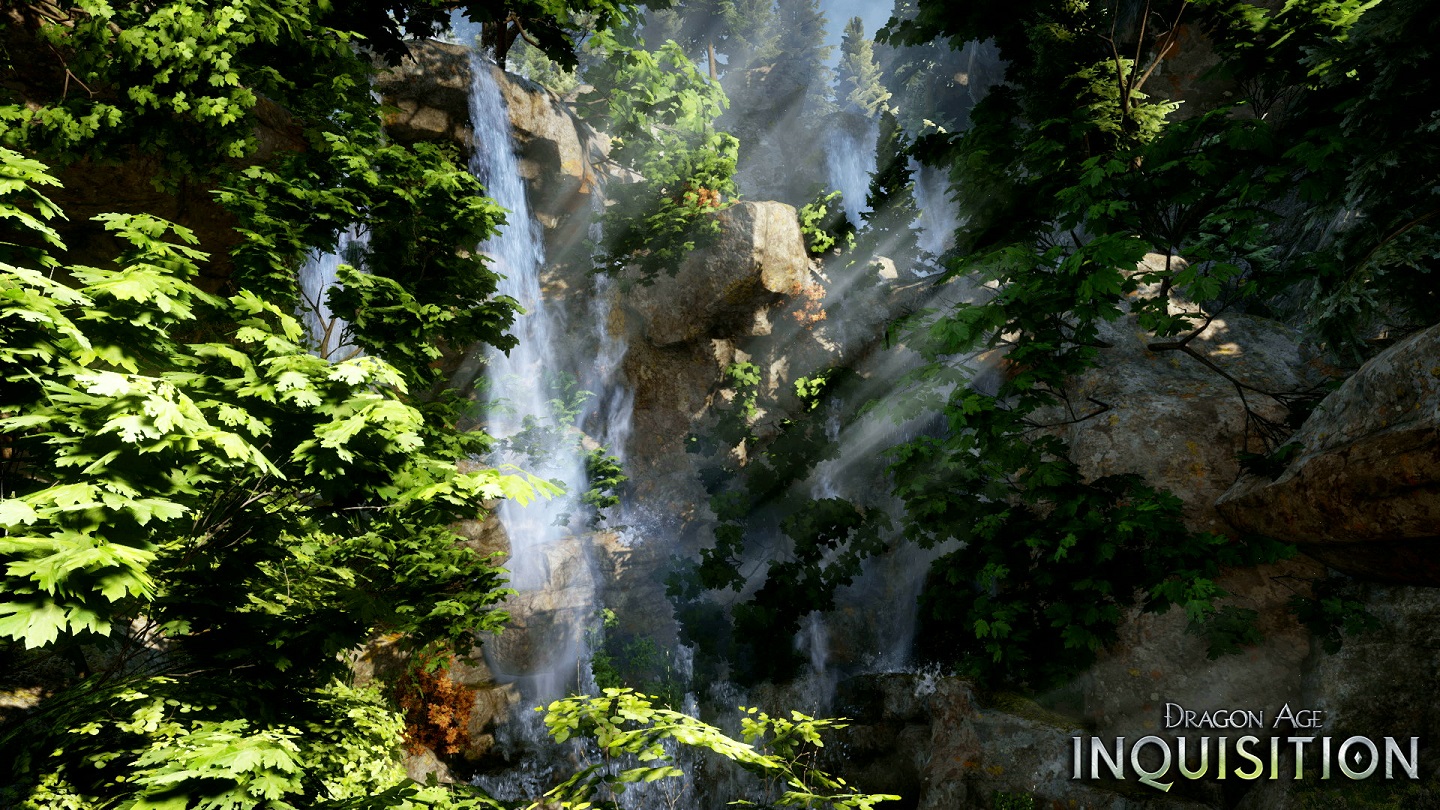
Away from all the exploring, Skyhold is a major place of note if you wish to converse with your companions (or even romance one), craft weapons, armour and potions, or visit the war table to manage the assets of the Inquisition. It is not a case of quantity or quality and Dragon Age: Inquisition delivers both – in every element of the game. Building relationships with companions feels meaningful, and the entire romance structure is better constructed. The war table is where you can really get to grips with the scale of the game, controlling agents and assigning operations to the three key assets of the Inquisition. I’d argue that this aspect of Dragon Age: Inquisition is the one true piece of the puzzle that sits you, the Inquisitor, in charge of everything. Whilst roaming around the wilderness it is very easy to forget or ignore the responsibilities placed on your character as Inquisitor, but a return to Skyhold soon reminds you of the task at hand and that the hopes of the world are solely on your shoulders.
My personal favourite addition to the series is the crafting system on offer in Inquisition. In complete contrast to Dragon Age 2, in which you couldn’t so much as equip your party members, the crafting system adds a unique flavour to every weapon and piece of armour you outfit your characters with. The sheer amount of resources available in the world allow for a vast selection of crafting choices, that offer different bonuses (as well as visual differences) depending on the type and rarity of said mineral. As well as simply crafting a weapon or piece of armour, components of the item in question (such as sword hilts, or mail arms/legs) can be crafted to beef up any relevant weapon. Runes can also be created and applied to provide additional power/effects to crafted items. The scope of this system is only so impressive because of its ease of use. A more complex system would ruin the feature. It becomes a fun challenge to chase around the best materials and attempt to kit out your crew, and it allows you to put a personal touch on your squad of companions, as well as the Inquisitor.
The supporting cast offer a vital input into the progression of the main plot, but it is the party banter that really elevates Inquisition’s companions into a new level of excellence. In a lot of ways it reminded me of the background conversation on offer in the Mass Effect trilogy, and that is a compliment to this latest Bioware title. Particular pairings of party members bring out a range of amusing, interesting and downright disturbing paths of conversation.
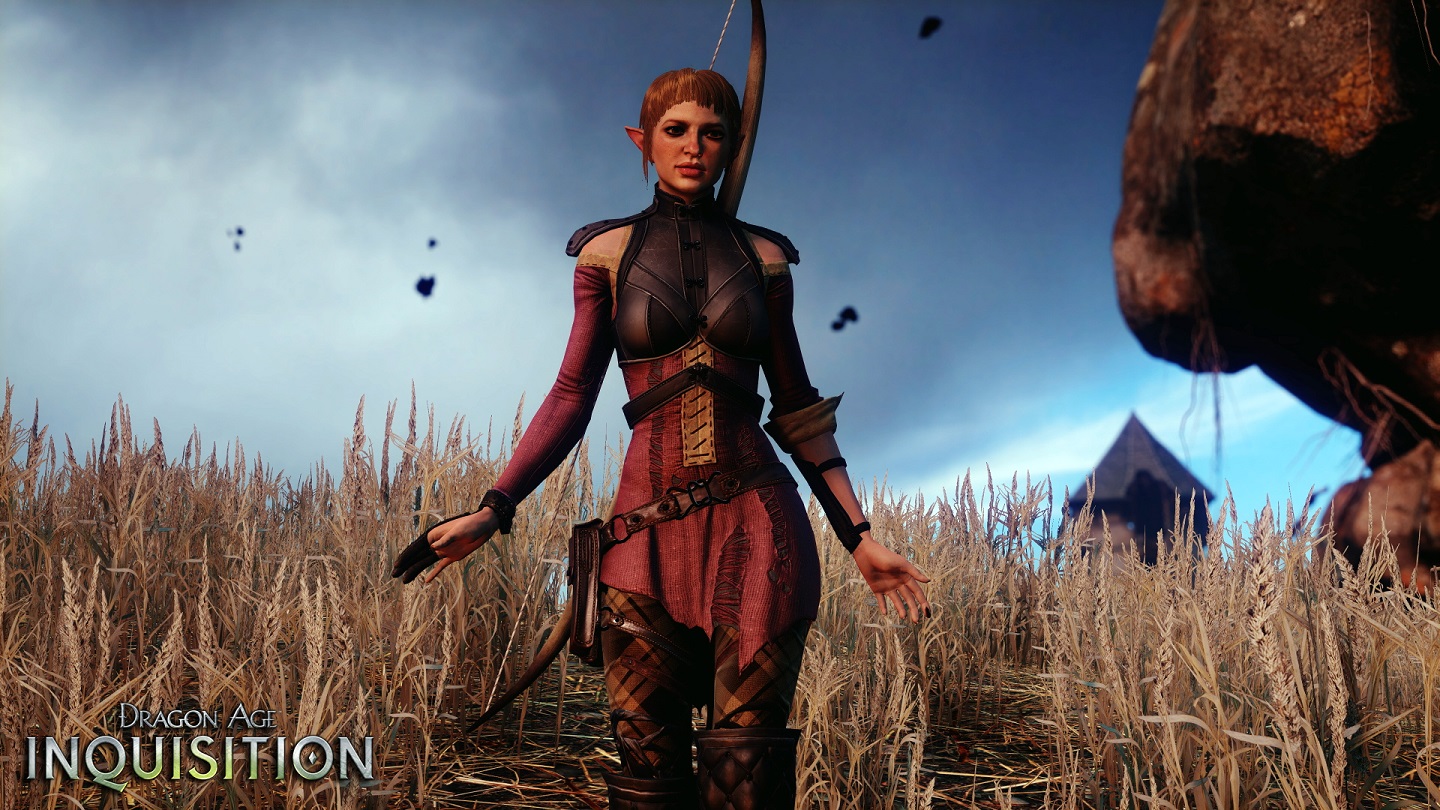
From interacting with companions to controlling them in combat, the overall implementation of party characters is sublime. Whilst I rarely utilised the tactical camera, it is a brilliant tool. The player is in complete control of how the game is played in every aspect. If, like me, you’d prefer to jump straight into real time combat then it is fun, fast and action packed. Break it down into tactical moves and managing all four party members and it becomes strategic and a different experience entirely. The beauty is that both work to the same ends. There are bugs and minor irritations in combat, as much as it deserves praise Dragon Age: Inquisition is not completely perfect. One particular annoyance I encountered was the lack of target locking with melee attacks; if the desired target moved a considerable distance or out of the field of view I found my Qunari Inquisitor swinging his greatsword at thin air. Corrupting enemies to fight on your side after killing them is great until you run out of enemies and have to wait for your new ally to reach a slow demise. Minor issues, but issues nonetheless.
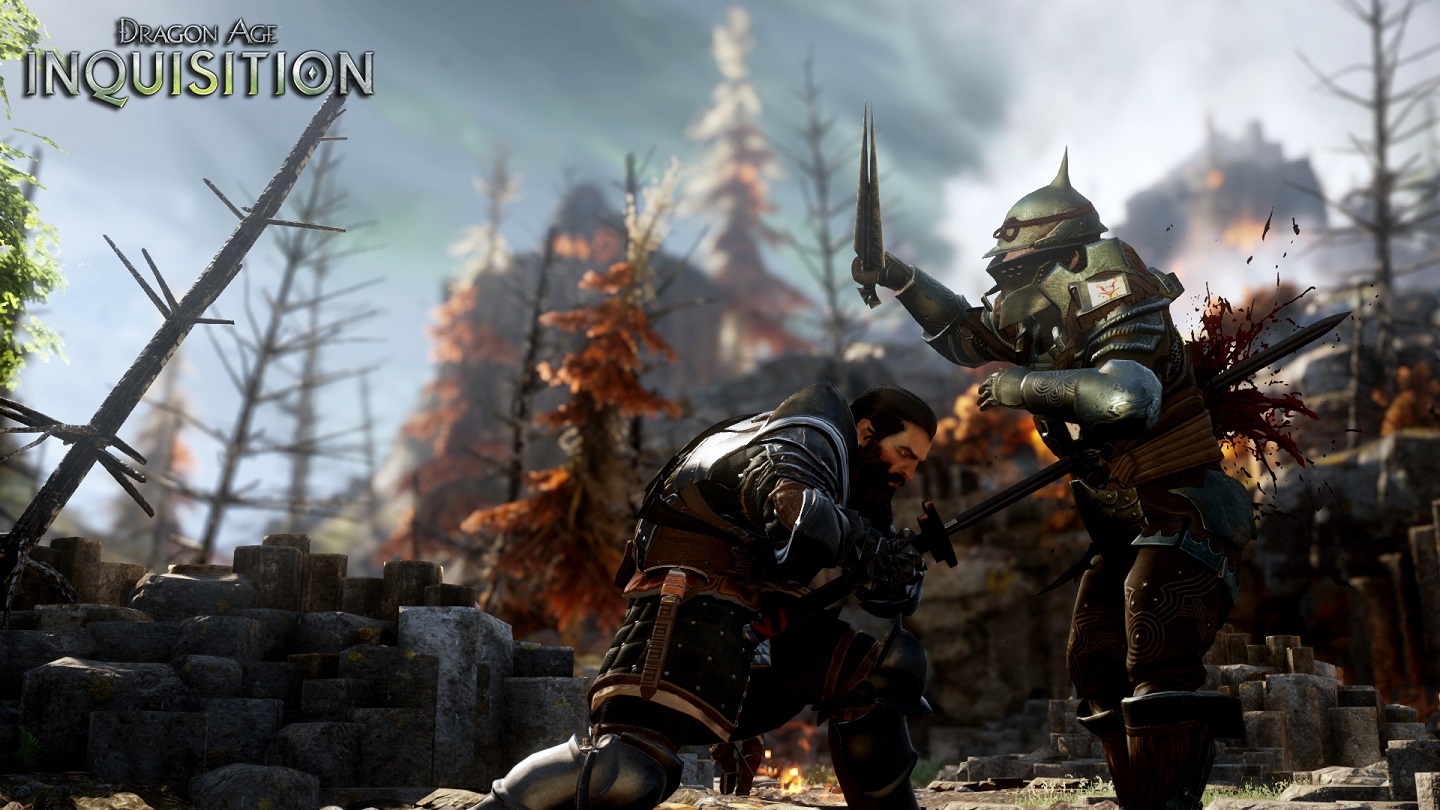
On the whole, gameplay outside of combat is smooth and fun. Climbing rocks and navigating the map compares well with the likes of Skyrim in terms of letting you feel like you can go anywhere. Mounted travel, a first for the Dragon Age series, is a slick addition but one that can easily go unused with many fast travel points available. Unless you like collecting mounts there isn’t a lot to shout about in that field.
Dragon Age: Inquisition really is a multi-facetted game that still manages to stick true to its roots. There is so much more to the game than I could really cover and that real achievement is that every single aspect of the game has brilliance at its core. The main story doesn’t change much but the gameplay experience builds around the player, and you are in complete control of the game. It feels more unique than any other game I’ve played, and knowing that there are so many different outcomes and options make it all the more worthwhile replaying. At the same time there is the multiplayer which on its own is well worth a play and has potential to grow into something great.


